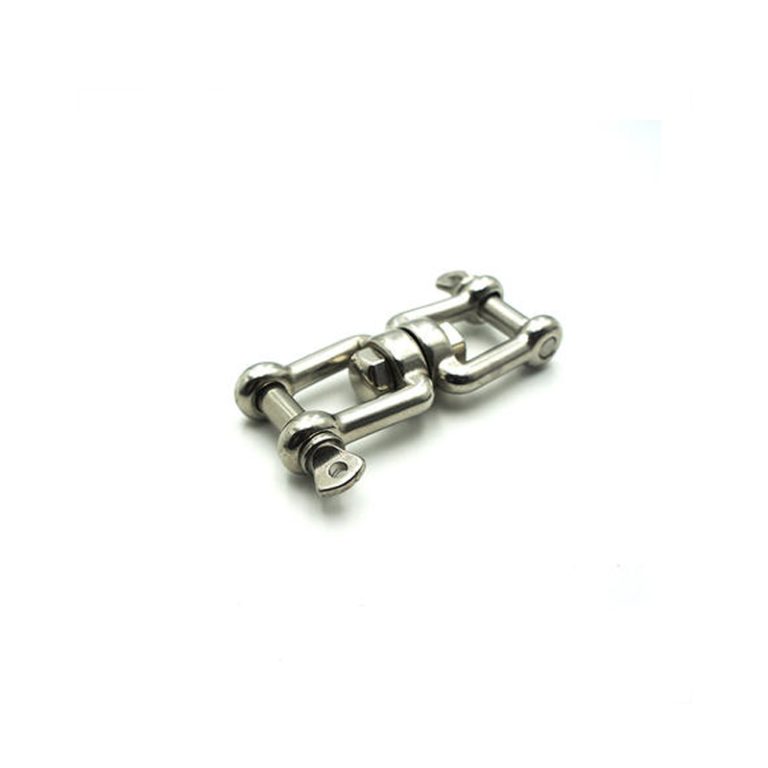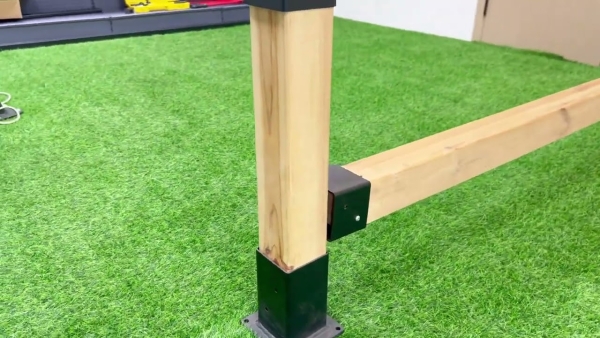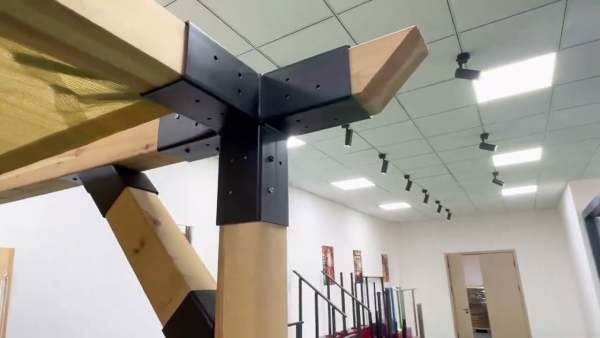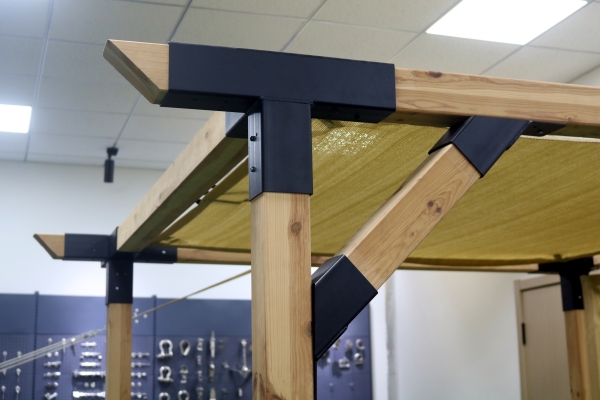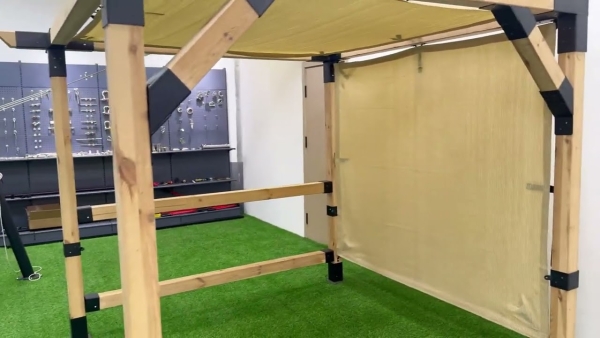Sélectionner le bon treillis pour votre mur
Une fois que vous avez sélectionné le bon treillis pour votre mur, l’étape suivante consiste à le fixer correctement. Il s’agit d’une étape cruciale pour garantir que le treillis est sécurisé et fournira le support nécessaire à vos plantes. Il existe plusieurs méthodes différentes pour fixer un treillis à un mur, selon le type de mur et de treillis avec lequel vous travaillez.
Pour les treillis en bois, la méthode de fixation la plus courante consiste à utiliser des vis ou des clous. Assurez-vous d’utiliser des vis ou des clous suffisamment longs pour pénétrer dans le mur et assurer un maintien sûr. Des trous pré-percés dans le mur peuvent aider à prévenir les fissures et faciliter la fixation du treillis. Pour les treillis en métal ou en plastique, vous devrez peut-être utiliser des supports ou des crochets pour les fixer au mur.
Une autre considération importante lors de la fixation d’un treillis à un mur est l’espacement. Assurez-vous d’espacer les vis, les clous ou les supports uniformément sur toute la longueur du treillis pour fournir un support uniforme. Cela aidera à empêcher le treillis de s’affaisser ou de se plier sous le poids des plantes.
En conclusion, sélectionner le bon treillis pour votre mur et le fixer correctement sont des étapes essentielles pour créer une exposition de plantes grimpantes réussie. Tenez compte de la taille et du poids de vos plantes, ainsi que de l’esthétique de votre jardin, lorsque vous choisissez un treillis. Utilisez des vis, des clous, des supports ou des crochets pour fixer solidement le treillis au mur, en veillant à les espacer uniformément pour un support uniforme. En suivant ces directives, vous pouvez créer un treillis magnifique et fonctionnel qui fournira le support parfait à vos plantes grimpantes.
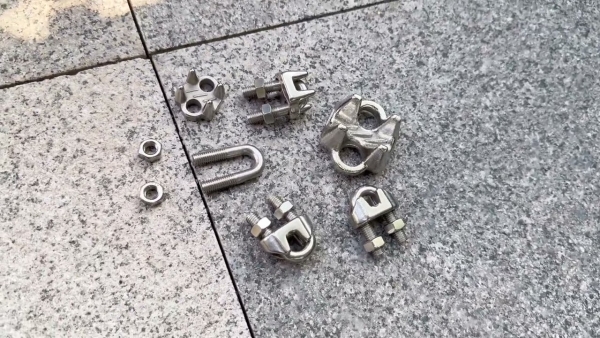
There are several different types of trellises available, including wooden, metal, and plastic options. Wooden trellises are a popular choice for many gardeners due to their natural look and durability. Metal trellises are another option, offering a more modern and sleek appearance. Plastic trellises are lightweight and easy to install, making them a good choice for smaller plants or temporary installations.
When selecting a trellis for your wall, it is important to consider the size and weight of the plants you plan to grow. Larger, heavier plants will require a sturdier trellis that can support their weight without bending or breaking. Additionally, the spacing of the trellis bars should be taken into account, as this will determine how easily the plants can climb and spread across the surface.
In addition to the practical considerations of size and weight, the aesthetic of the trellis should also be taken into account. Consider the style of your home and garden when selecting a trellis, as you want it to complement the overall look of the space. Wooden trellises are a classic choice that can add a rustic touch to your garden, while metal trellises offer a more contemporary look.
Once you have selected the right trellis for your wall, the next step is to properly attach it. This is a crucial step in ensuring that the trellis is secure and will provide the necessary support for your plants. There are several different methods for attaching a trellis to a wall, depending on the type of wall and trellis you are working with.
For wooden trellises, the most common method of attachment is to use screws or nails. Make sure to use screws or nails that are long enough to penetrate the wall and provide a secure hold. Pre-drilling holes in the wall can help prevent splitting and make it easier to attach the trellis. For metal or plastic trellises, you may need to use brackets or hooks to secure them to the wall.
Another important consideration when attaching a trellis to a wall is the spacing. Make sure to space the screws, nails, or brackets evenly along the length of the trellis to provide uniform support. This will help prevent the trellis from sagging or bending under the weight of the plants.
In conclusion, selecting the right trellis for your wall and properly attaching it are essential steps in creating a successful climbing plant display. Consider the size and weight of your plants, as well as the aesthetic of your garden, when choosing a trellis. Use screws, nails, brackets, or hooks to securely attach the trellis to the wall, making sure to space them evenly for uniform support. By following these guidelines, you can create a beautiful and functional trellis that will provide the perfect support for your climbing plants.

